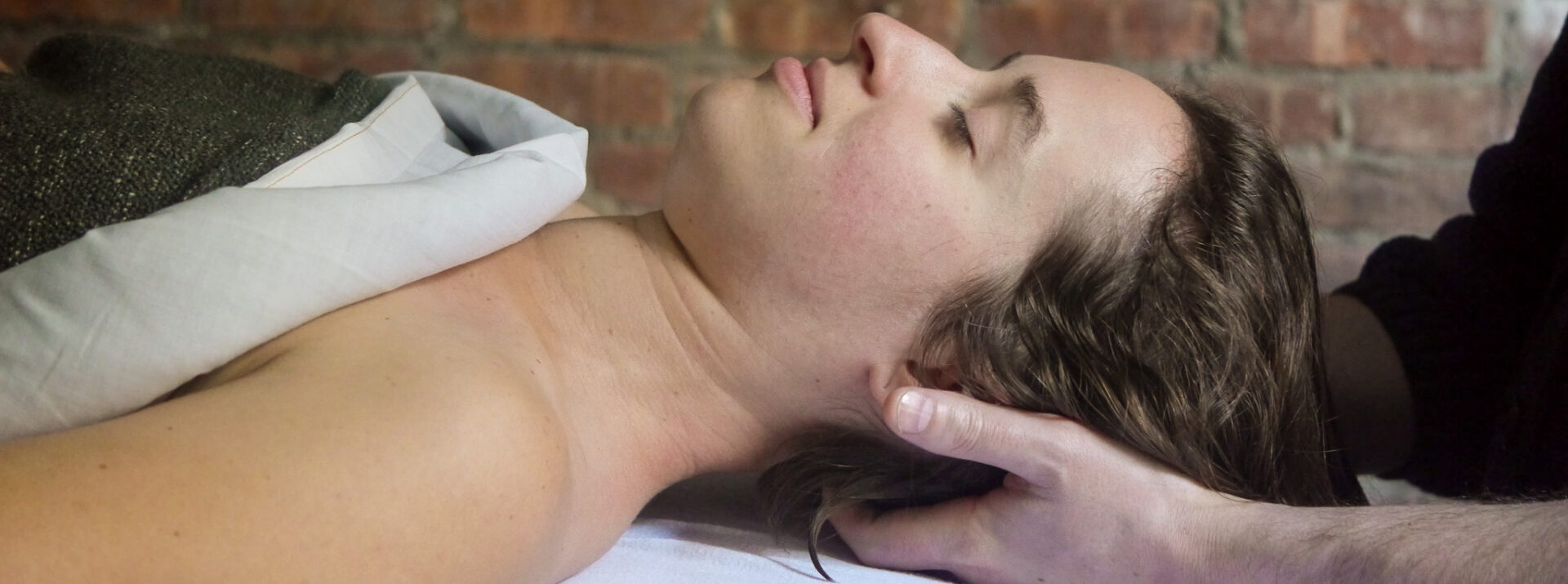
Manhattan moves at a relentless pace, and many of us turn to hands-on therapy to reset—whether that’s deep-tissue work after a week of commuting or a gentle session to unwind. This article walks through what people often mean when they look for a body rub in Manhattan, how to find a reputable provider, what to expect during a visit, and the practical, legal, and safety points worth knowing. Consider these notes your quick companion for getting the most from a single session or building a regular self-care routine in the city.
What people mean by a body rub in Manhattan
Language matters. Some people use “body rub” as a casual synonym for therapeutic massage or bodywork—services designed to relieve muscle tension, reduce stress, and improve mobility. In Manhattan, where wellness terms cross over rapidly between spa, clinical, and colloquial use, it’s important to clarify the service you’re booking.
There are also contexts in which the phrase signals something outside licensed therapeutic practice. Knowing the difference helps you set expectations and choose a practitioner whose training and scope of practice match your needs. When in doubt, ask about credentials, licensing, and the specific techniques that will be used.
Common types of therapeutic bodywork you’ll find
Massage and bodywork come in many flavors; each addresses different goals. Swedish massage focuses on relaxation and circulation, deep-tissue targets chronic tightness, and sports massage is tailored to athletes and injury prevention.
Other modalities available around Manhattan include myofascial release, trigger-point therapy, lymphatic drainage, and hybrid spa treatments that add aromatherapy or hot stones. Some clinics combine massage with physical therapy or chiropractic care for a more integrated approach.
Quick list: common modalities
- Swedish massage — relaxation and flow
- Deep-tissue — for chronic muscle tension
- Sports massage — pre/post-event care and rehab
- Myofascial release — gentle, sustained pressure
- Lymphatic drainage — light strokes to reduce swelling
How to find reputable providers in Manhattan
Start with credentials: licensed massage therapists (LMTs) have completed specific hours of training and passed state requirements. Reputable spas and clinics will list therapists’ qualifications on their websites and will welcome questions about training and experience before you book.
I’ve visited a few different Manhattan studios over the years, from small neighborhood practices to larger wellness centers. The places that stood out used clear communication—booking confirmations, intake forms that list medical history, and therapists who asked about pressure preferences and problem areas before beginning. Those practices tend to deliver predictable, safe, and effective sessions.
Online reviews can point you toward consistent positives or red flags, but read critically: look for comments about cleanliness, professionalism, and whether the therapist respected boundaries. If a listing feels ambiguous about services or pushes add-ons aggressively, trust your instincts and move on.
What to expect during a session
Most sessions begin with a brief intake: a therapist will ask about your goals, medical history, and any areas to avoid. You’ll also be asked about pressure preference and whether you want music, dim lighting, or other comforts.
During the session, therapists use draping to ensure modesty and comfort—only the area being worked on is uncovered. If something feels uncomfortable or painful in a way you didn’t anticipate, speak up; a good therapist adjusts technique and pressure immediately.
Legal, safety, and etiquette considerations in Manhattan
In New York City, massage therapy is regulated, and licensed facilities operate within defined professional standards. Services advertised ambiguously can sometimes indicate unlicensed work, which presents both legal and safety concerns. Confirm licensing if that matters to you and avoid places that refuse to provide clear information.
Safety also includes hygiene: look for clean linens, properly washed hands, and a professional demeanor from staff. If you have specific health issues—pregnancy, cardiovascular conditions, blood clot risk—get medical clearance and inform your therapist ahead of time so they can modify the session.
Etiquette is simple: arrive a few minutes early, respect appointment times, and tip per local custom—usually 15–25% for good service. If you cancel, give advance notice so the practitioner can fill the slot.
Prices, booking, and making the most of your visit
Prices in Manhattan vary with location, therapist experience, and treatment length. Expect higher rates in Midtown or luxury hotels and more modest prices in neighborhood studios. A typical range might be $80–$200 depending on duration and modality.
| Session length | Typical range | When to choose |
|---|---|---|
| 30 minutes | $50–$90 | Targeted relief for one area |
| 60 minutes | $80–$140 | Full-body maintenance |
| 90 minutes | $120–$200+ | Thorough work or combined modalities |
Book directly through a provider’s website or by phone to confirm details and ask any pre-session questions. If you want ongoing benefits, regular sessions spaced according to your therapist’s recommendation will be more effective than a single visit.
Final practical tips
Communicate clearly about goals and pain points, hydrate before and after your appointment, and allow a few minutes post-session to reorient before heading back out into the city. Small habits—stretching, consistent appointments, and at-home care—extend the value of professional sessions.
Whether you call it a body rub on a late-night city listing or book a licensed therapeutic massage, the core is the same: choose a professional you trust, know what you want to achieve, and protect your health and safety. Book with intention, and you’ll leave Manhattan’s bustle feeling noticeably lighter and better equipped for whatever comes next.